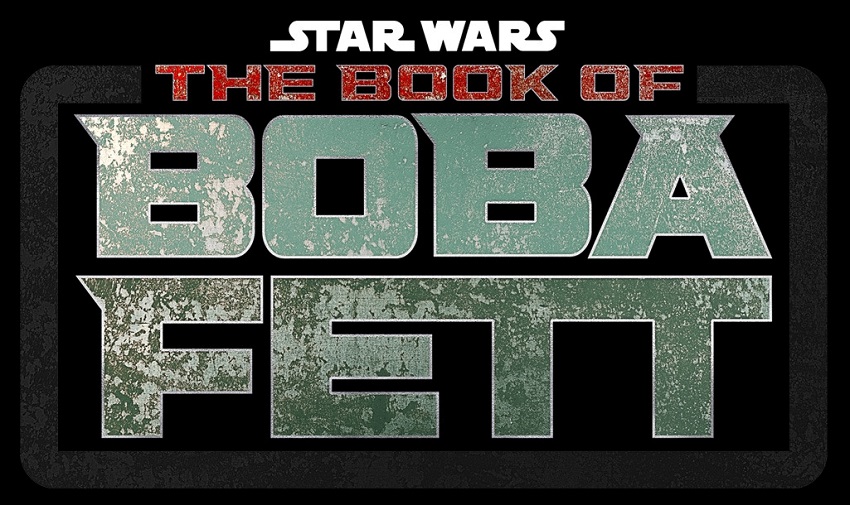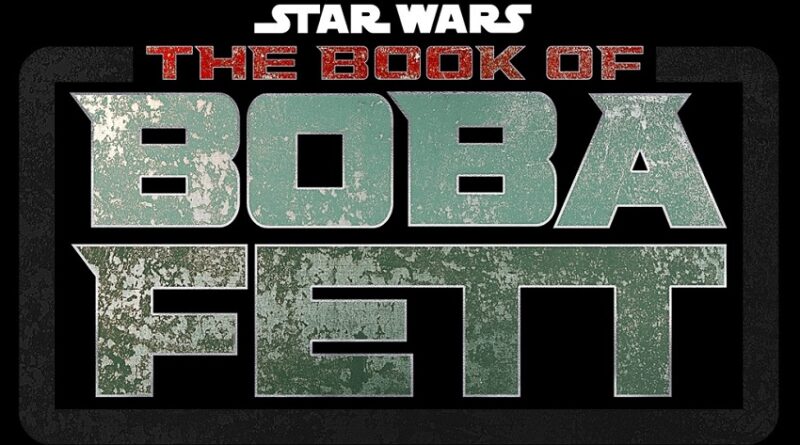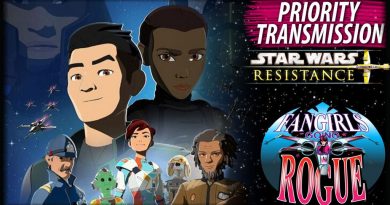Hyperspace Theories: The Aimless Tale in The Book of Boba Fett

Hyperspace Theories podcast returns to the realm of Star Wars storytelling with this month’s episode, in which Tricia Barr and B.J. Priester discuss The Book of Boba Fett. In addition to its seven chapter, we also consider insights from the Disney Gallery episode exploring the development and production of the Disney+ series.
We begin with the titular character. The first four episodes of The Book of Boba Fett portray two sets of events in his life: his experiences from his escape from the Sarlaac Pit until his appearance in “The Tragedy” chapter of The Mandalorian season two to reclaim his father’s armor, and his return to Tatooine to establish himself as “daimyo” upon the throne previously occupied by Jabba the Hutt and Bib Fortuna. Each of these storylines contains some interesting ideas for Fett’s character development, but both fail to meet the potential of those ideas. In addition, the series at times relies heavily on homages to famous cinema (like Lawrence of Arabia or The Godfather) and references to previous Star Wars material (including comics, books, and videogames) without challenging or subverting some of the damaging tropes frequently found in those sources, particularly in the thin characterization of the female characters and the fate of the indigenous Tusken tribe that welcomed Fett into its community. Although the finale episode delivers exciting Star Wars action sequences, it ends on a meta-referential note: Fett himself wonders aloud whether he should have been pursuing the objective of becoming daimyo in the first place.
Even more jarring, the fifth and sixth chapters of The Book of Boba Fett barely even include him at all. Instead, the focus on events that we would have expected to appear in season three of The Mandalorian, including Din Djarin’s return to the Armorer’s covert, his acquisition of a new starship to replace the RazorCrest, and his paternal caring for Grogu. Another appearance by Ahsoka Tano delivers unexpected emotion for Din in doing what’s right for Grogu, as well as for the audience with dialogue overtly linking her current role in the galaxy to her past with the Skywalker family. A surprisingly lengthy appearance by Luke reveals more about Grogu, while also testing both Luke and Grogu in their commitment to the Jedi path. Directed by Bryce Dallas Howard and Dave Filoni, respectively, these two episodes offer far stronger Star Wars storytelling than the rest of The Book of Boba Fett.
Related:
Hyperspace Theories: The Story of The Mandalorians
Contact Information:
- Hyperspace Theories: Twitter @HyperspacePod
- Tricia Barr: Twitter @FANgirlcantina; email Tricia@fangirlblog.com
- B.J. Priester: Twitter @RedPenofLex; email Lex@fangirlblog.com
- Hyperspace Theories: Bad Luck Ghorman - June 2, 2025
- Hyperspace Theories: One Year Later as ANDOR Kicks Off Season Two - May 15, 2025
- REVIEW: Tales of the Underworld - May 4, 2025










